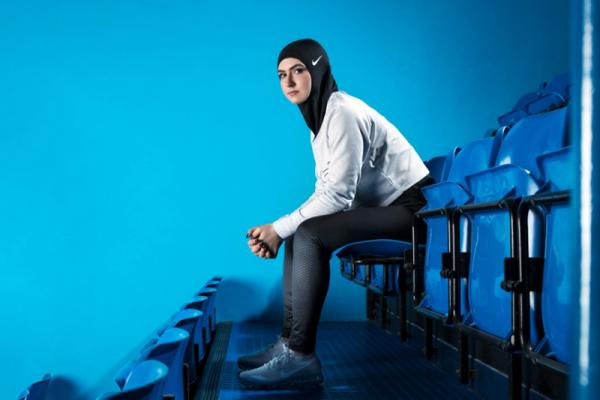Mar 8, 2017
“It’s not just about making a product available for Muslim and Arab women but it is also giving a chance to those women who are putting off the idea of wearing the veil completely in order to compete,” Egyptian runner and mountaineer Manal Rostom told Al Arabiya English.
Read the Full Article

Already a subscriber? Login
